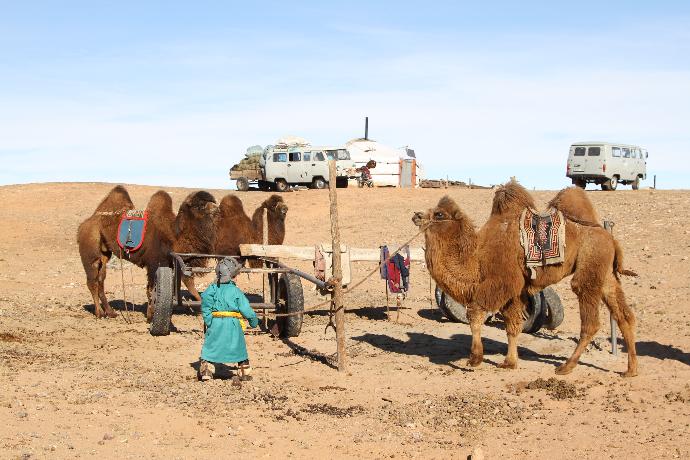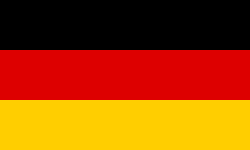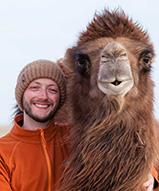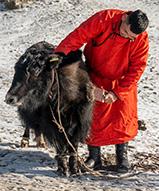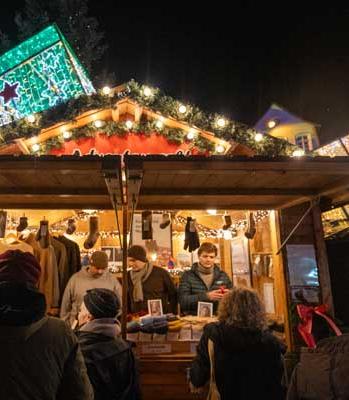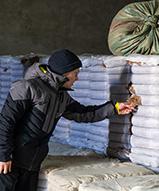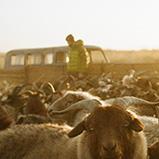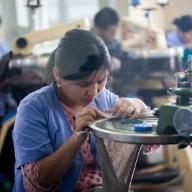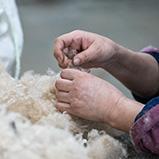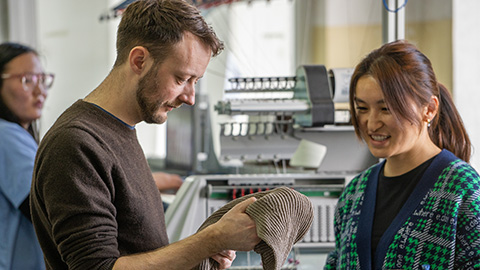Der Begriff Nachhaltigkeit geht zumeist auf die Brundtland-Definition
zurück. Sinngemäß heißt es dort: Unsere heutige Generation muss ihre
Bedürfnisse auf eine Art und Weise erfüllen, sodass zukünftige Generationen nicht
gefährdet werden, ihre Bedürfnisse zu erfüllen. Dabei geht es um Gerechtigkeit
gegenüber anderen Menschen der heutigen und zukünftigen Generation, sowie
gegenüber der Umwelt. Dabei werden in der Regel drei Dimensionen betrachtet:
-
Umwelt (ökologisch)
-
Gesellschaft (sozial)
-
Wirtschaft (ökonomisch)
Ein Produkt ist dementsprechend nachhaltig, wenn es gemäß der oberen
Beschreibung ökologisch, ökonomisch und gesellschaftlich gerecht produziert und
gehandelt wurde.
Warum sind unsere Produkte nachhaltig?
Dafür gibt es eine Vielzahl an Gründen, wobei sich dabei häufig die
ökologischen, sozialen und ökonomischen Komponenten vermischen. Unsere Produkte
werden von Familienunternehmen mit etwa 100 Mitarbeiterinnen und Mitarbeitern
in der Hauptstadt der Mongolei produziert. Im Vergleich zu vielen
Südostasiatischen Ländern ist die Mongolei kein „Billiglohnland“. Das ist ein
Grund warum die Mongolei vor allem hochwertige Textilien exportiert –
Massenware lohnt sich dort einfach nicht. Wir sind selbst regelmäßig vor Ort
und machen uns ein Bild von den Produktionsbedingungen. Außerdem arbeiten wir
gerade daran, eine vollständige wissenschaftliche Ökobilanz der einzelnen
Produkte zu erstellen.
Die Mongolei ist in hohem Maße vom Bergbau und dem
Export mineralischer Rohstoffe nach China abhängig. Die Textilwirtschaft bietet
eine der wenigen Alternativen, um Produkte auf den Weltmarkt zu exportieren,
wobei die Wertschöpfung für die Produktion im Lande verbleibt. Der Verkauf von
Textilien bildet die Lebensgrundlage der Hirten, Produzenten und Mitarbeiter in
der gesamten Wertschöpfungskette.
Die Tiere leben ganzjährig draußen und können sich mit ihrer Herde frei bewegen. Das Gras für die Tiere ist frei verfügbar, weshalb sie nicht gefüttert werden müssen. Zur Wollproduktion werden sie lediglich einmal im Jahr geschoren. Das Leben der Nomaden dreht sich um ihren Viehbestand, da er ihre Lebensgrundlage, ihr Kapital und auch ihre Altersvorsorge darstellt. Auf diese Art leben die Menschen seit Generationen im Einklang mit der Natur. Doch das traditionelle Leben der Nomaden und damit einhergehend auch das traditionelle Zusammenleben mit den Tieren ändert sich. Immer mehr Menschen geben dieses beschwerliche Leben auf und ziehen in die Stadt. Eine wirtschaftliche Perspektive für Nomaden ist eine Voraussetzung für diese Art des Lebens und damit für ein langfristiges Überleben, beispielsweise der domestizierten baktrischen Kamele. Negative Umwelteinflüsse entstehen vor allem durch die entstehenden Treibhausgasemissionen. CO2 Emissionen entstehen vor allem bei der Produktion der Socken, sowie beim Transport nach Deutschland.
